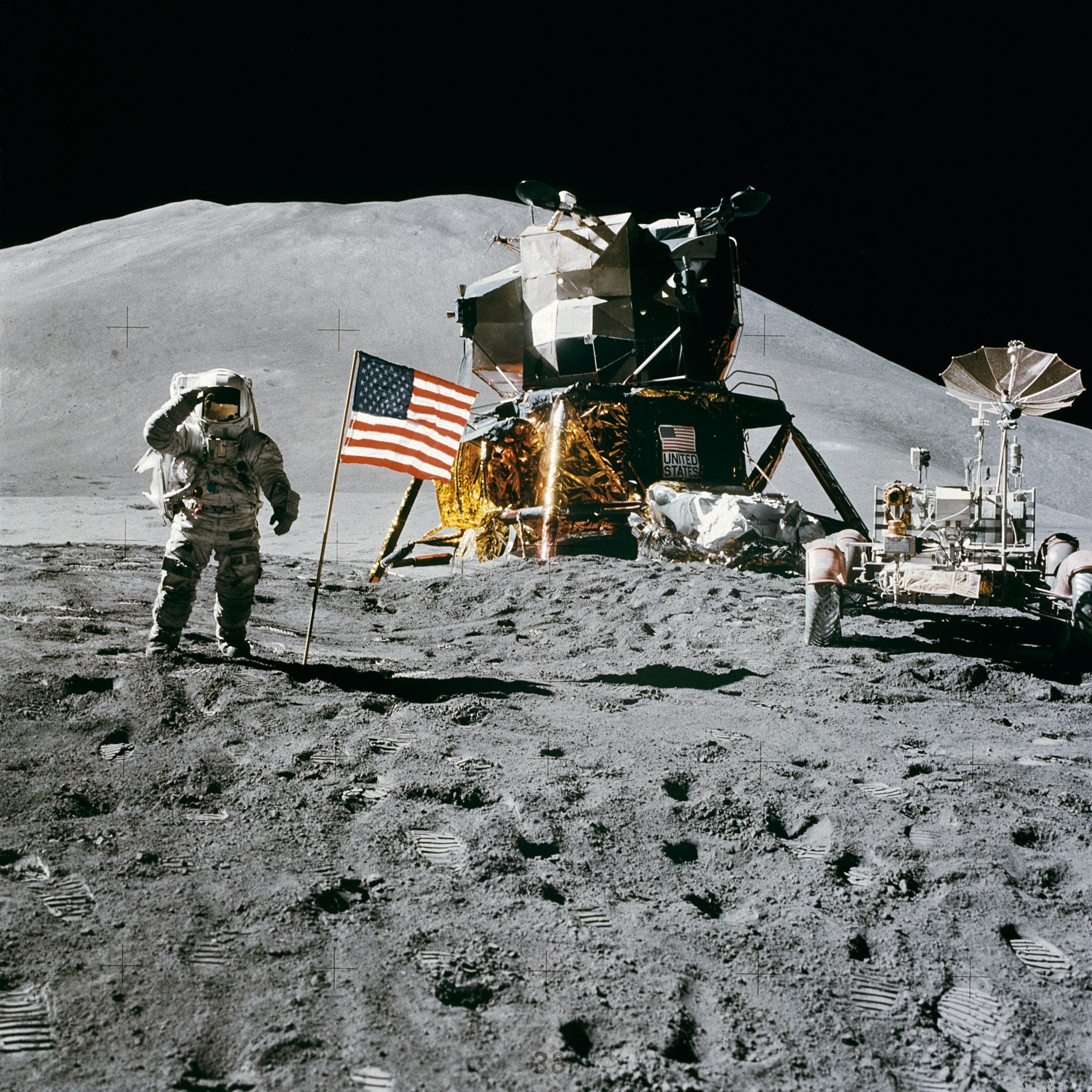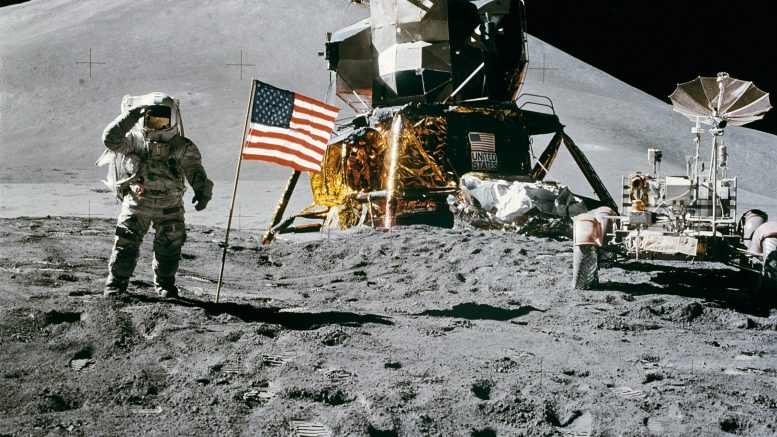
CC0 licensced image found on Pexels
The National Aeronautics and Space Administration (NASA) announced plans to set up camp on Earth’s Moon to set the stage for interplanetary space travel.
With a 2018 budget reported to be over $20 billion, of which close to $8 billion would go towards exploration, planetary science, and aeronautics – the question is often asked, is it worth all this money just to go to the moon?
The feel-good video published on November 16th has garnered over 1.2 million views on YouTube and reignited the curiosity within human nature to explore and go beyond what is already known.
We're returning to the Moon, preparing to go beyond to Mars. We are going. We are NASA. pic.twitter.com/y24AaicGRy
— NASA (@NASA) November 17, 2018
All this money that gets invested into NASA flows back through society in the form of space-age technologies that we take for granted every day.
Examples range from improved tires used on vehicles and better roads to use them on, LED lights and the first portable laptop, modern home insulation and wireless headsets, to getting that perfect night’s sleep on your memory foam mattress – or if you can’t afford one like me, a memory foam pillow.
The list really does go on, but it should be clear that investing in science really does pay dividends. With our rapid technological advances over the last century, the world around us in changing at an ever-increasing rate. Many ponder on what the world may look like 100 years from now, and not all of them are a pretty sight.
The Global Challenges Foundation released their Global Catastrophic Risks report of 2018, which detailed some of the more pessimistic predictions for the future of humanity. Such grim predictions include the abuse of nuclear, chemical and biological weaponry, catastrophic climate change, asteroid impacts and many more – and in the event of such disasters, humans may need to relocate elsewhere.
NASA is a big name, with big money, being run by some of the biggest brains the world has to offer. If someone or something were able to save the world in the event of such disasters, NASA naturally springs to mind. Building a moon-base which could be used to launch exploration deeper into our solar system, is the first large step of many towards the science fiction towards creating a sustainable society outside of Earth’s atmosphere.
Everyone’s favourite science guy, Bill Nye, chimes in on the idea of humans terraforming other planets so that we can inhabit them in an interview with USA TODAY, “We can’t even take care of this planet where we live”. Nye keeps the topic grounded towards more realistic scope of NASA’s aims, being space exploration rather than colonisation. With this, Nye still retains hope for exciting discoveries on the horizon, “I want to find evidence of life on another world in my lifetime, so Mars in the next logical place to look”.
If we manage to find life on another planet, how much closer would this get us to being able to bring life to another planet?
For more articles about space exploration, check out:
http://thevoiceoflondon.co.uk/one-way-ticket-to-mars/
Words: Jeremy Ainsworth | Subbing: Peony Hirwani

